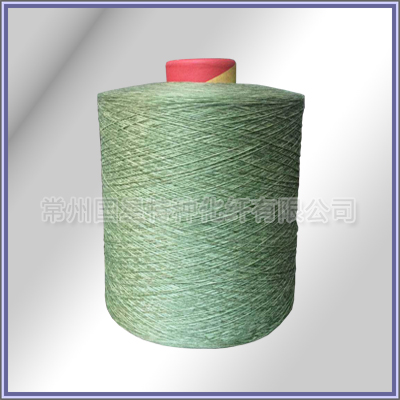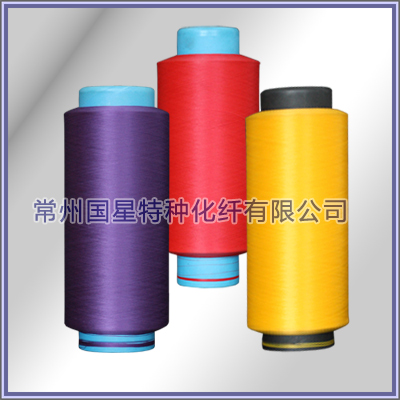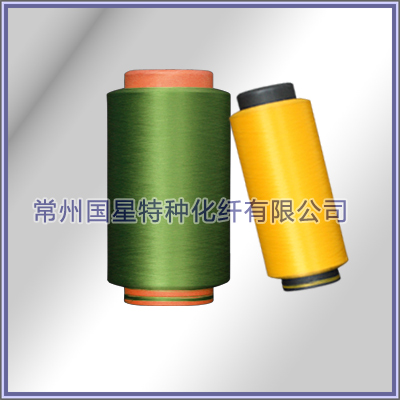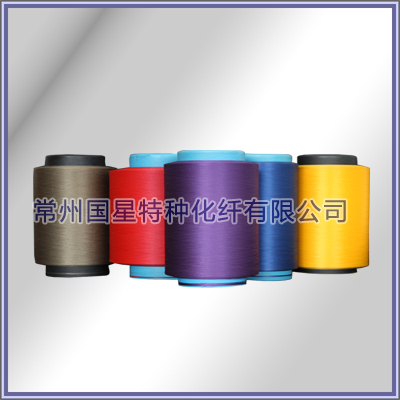Usually wear underwear for hygiene and comfort, not just in order to maintain heat. Outdoor thermal clothing for cold weather is the exception.
Most of these clothes covering the body, a few millimeters thick, provides effective insulation. Has traditionally been used as thermal underwear recognized cotton and wool fibers, however, in the past few years, polypropylene underwear gained popularity in outdoor workers (such as tourists and skiers) in. What mysteries which it? Today, little star to find out more about!
Polypropylene fibers woven in cotton underwear inner layer combined with other fabrics, because of polymerization of hydrocarbon elements, while the dope dyeing, dyeing and avoid the impact of harmful substances attached to the road, and therefore has a good skin-friendly; coupled polypropylene fiber is the non-existence of the true meaning of hydrophilic fibers, so sweat can not be attached to it, can effectively export the moisture produced by the body to the outer layer of cotton and other fabrics dissipated, so as to achieve a dry feeling, avoid fabric bacteria; particular there are the following advantages:
1, the lightest fibers: polypropylene fiber density minimum weight 40% lighter than cotton, 30% lighter than polyester, gentle lubrication;
2, more warmth than wool fibers: polypropylene fiber thermal conductivity coefficient is existing natural fibers and synthetic fibers in the lowest, lower heat loss rate
3, color fastness: dope dyeing, color fastness, dyeing and other fiber Dogo incomparable;
4, green fibers: polypropylene fiber is polymerized hydrocarbon elements, so its a good skin-friendly, naturally completely decomposed, the combustion does not produce harmful gases
Denier polypropylene textile fabrics, the best choice in winter, due to the fine denier polypropylene fiber thermal conductivity is the lowest of all the fibers to the air thermal conductivity of 1:00, all kinds of fiber thermal conductivity values are as follows: 6.0 polypropylene, polyvinyl alcohol 6.4, silk 7.0, 7.3 polyester, wool 8.0 acrylic, nylon 8.0 10.0 11.0 viscose, cotton 17.5
In all fabrics, polypropylene thermal conductivity is the lowest, the lowest thermal conductivity that is to say its the best thermal properties, low thermal conductivity provides the best thermal performance, fine denier polypropylene fibers warmth than other textile materials all good.

 +86-519-86266888
+86-519-86266888 gxhx888@126.com
gxhx888@126.com



